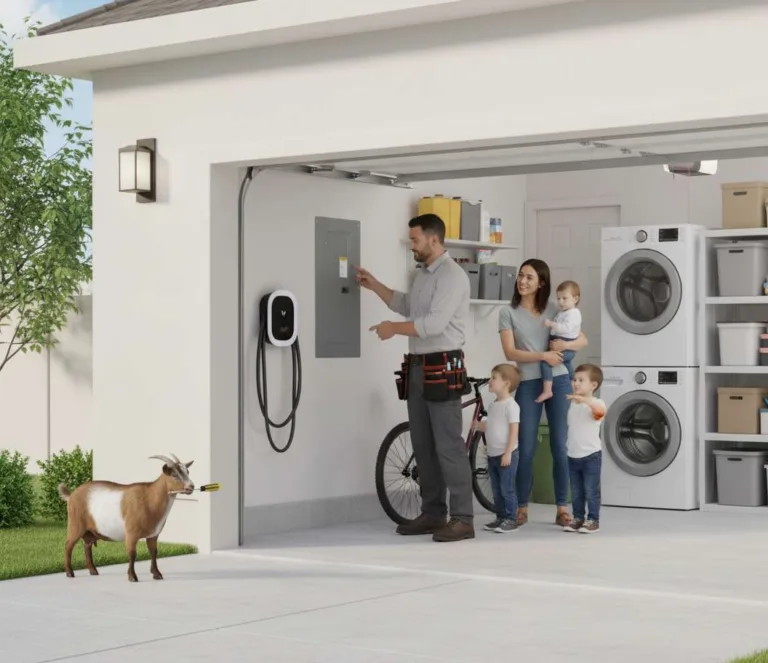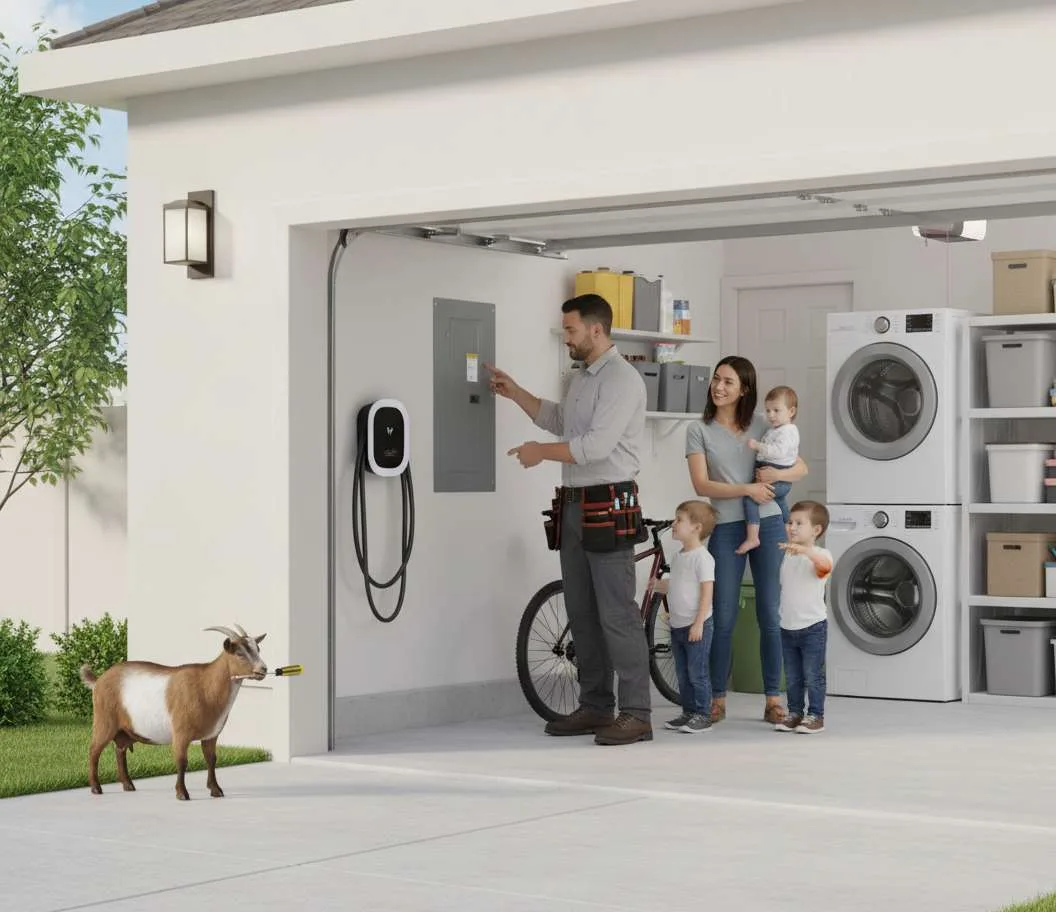Your first decision when grabbing a box is almost always based on one question: are you working with open studs, or an existing, finished wall?
“New Work” (Nail-On) Boxes
These boxes have a flange and are nailed or screwed directly to a stud before drywall is installed. They are the standard for any new construction or major renovation where the wall cavities are exposed.
“Old Work” (Cut-In) Boxes
These boxes are used when adding an outlet or switch to an existing wall. They have “wings” or clamps that swing out behind the drywall and tighten against it, holding the box securely in place without needing a stud.
The choice between plastic and metal boxes is dictated by the wiring method, the environment, and the need for durability. As a general rule, plastic dominates residential new construction, while metal is king in commercial work.
When to Use Plastic
For new residential construction using Romex (NM-B) cable, plastic nail-on boxes are the default choice. They are inexpensive, fast to install, and perfectly safe for this application. Use them unless you need extra sturdiness for something like a heavy ceiling fan.
When Metal is Required
Metal boxes are all about sturdiness and grounding. You **must** use metal boxes when you are working with metal conduit (like EMT) or metal-clad (MC) cable. The metal box becomes part of the continuous ground path, a critical safety feature of these wiring systems.
“The most common mistake I see is using the wrong type of box for the job. But beyond that, sloppy measurements and a lack of foresight can turn a simple task into a major headache.”
Incorrect Depth
Always set your new work boxes to the correct depth to account for the thickness of the drywall. A box set too deep or proud of the wall creates problems for the drywallers and a sloppy finish.
Wrong Box for the Load
Never use a standard plastic box to hang a ceiling fan. You must use a fan-rated box, which is either metal or a reinforced polymer, designed to support the weight and vibration.
Not Securing the Box
An old work box that isn’t properly tightened will feel loose in the wall, making it difficult to plug and unplug devices. A new work box that isn’t nailed securely will be a nightmare for the drywaller. Take the extra 10 seconds to make it solid.
Beyond the basics, you’ll encounter a variety of specialty boxes designed to solve specific problems on the job site.
“Bell” Boxes (Weatherproof)
These are the default choice for any exterior location. They are made of durable, corrosion-resistant metal and have threaded openings for watertight conduit connectors. If you are installing an outlet or light outside, this is the box you use.
Other boxes, like “gangable” boxes that let you combine multiple devices, can be useful. However, in my experience, it’s often better to use a purpose-designed multi-gang box from the start for a sturdier, cleaner installation.
Now that you can identify the right enclosure, it’s time to learn about what goes inside and connects to them. In Part 17, we’ll cover the essential wires, cables, conduits, and connectors that make up a complete electrical circuit.


